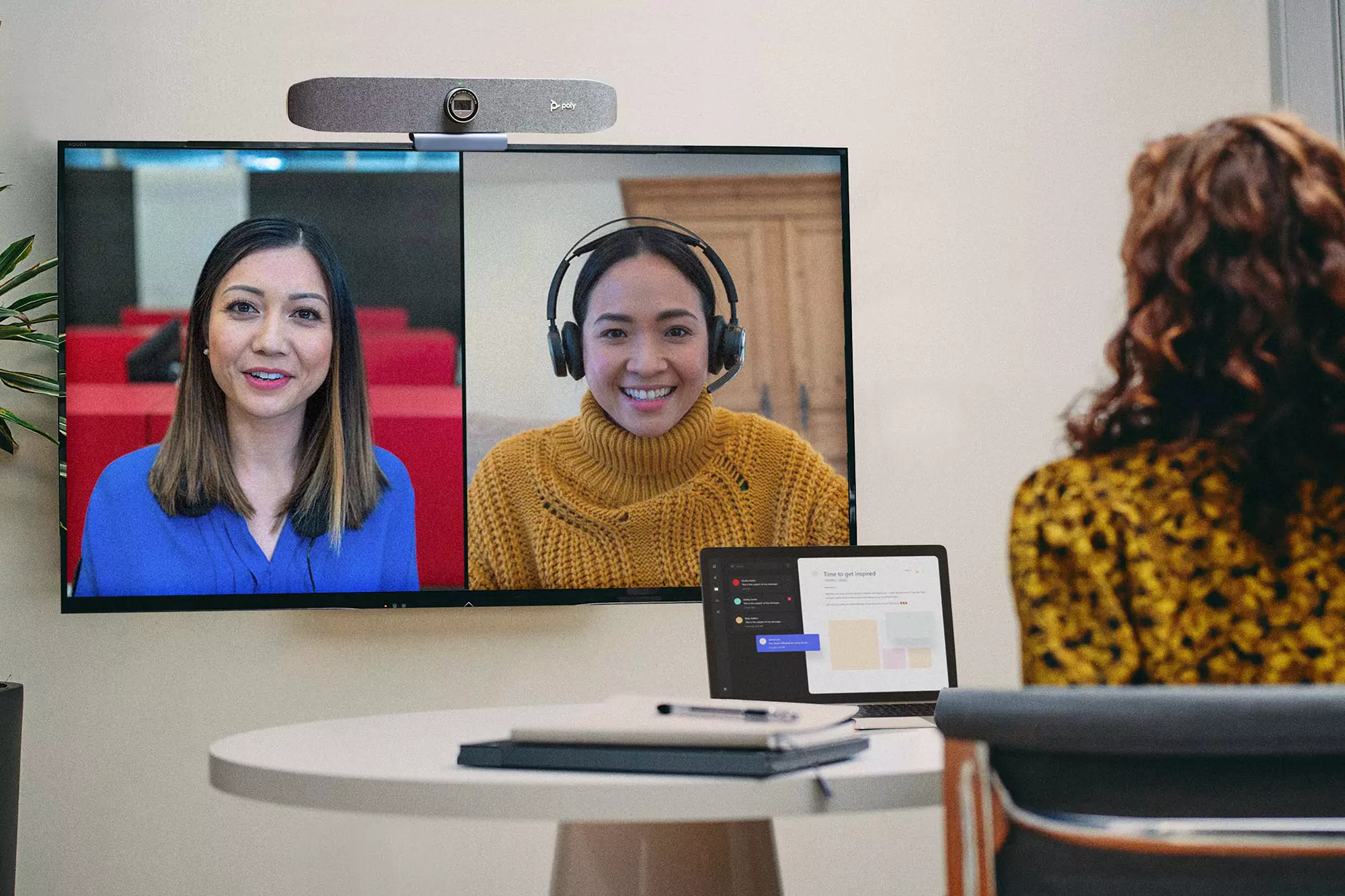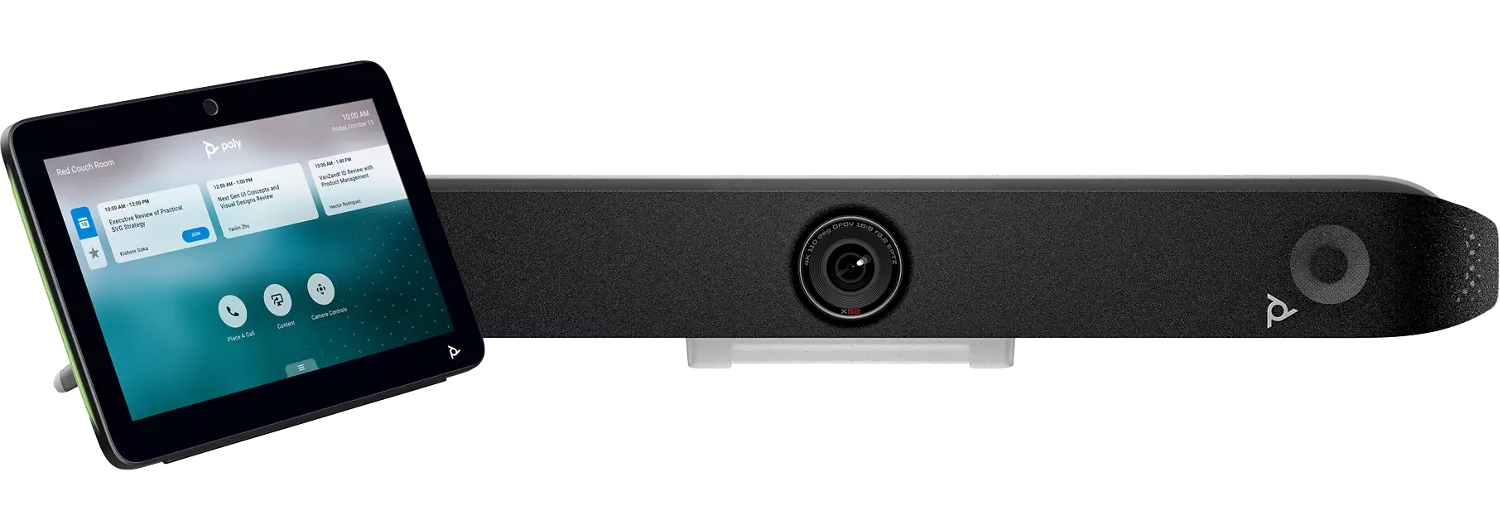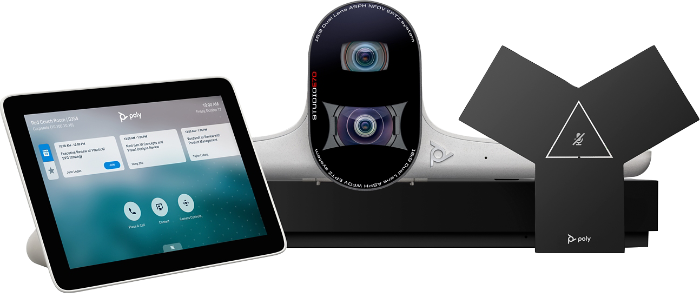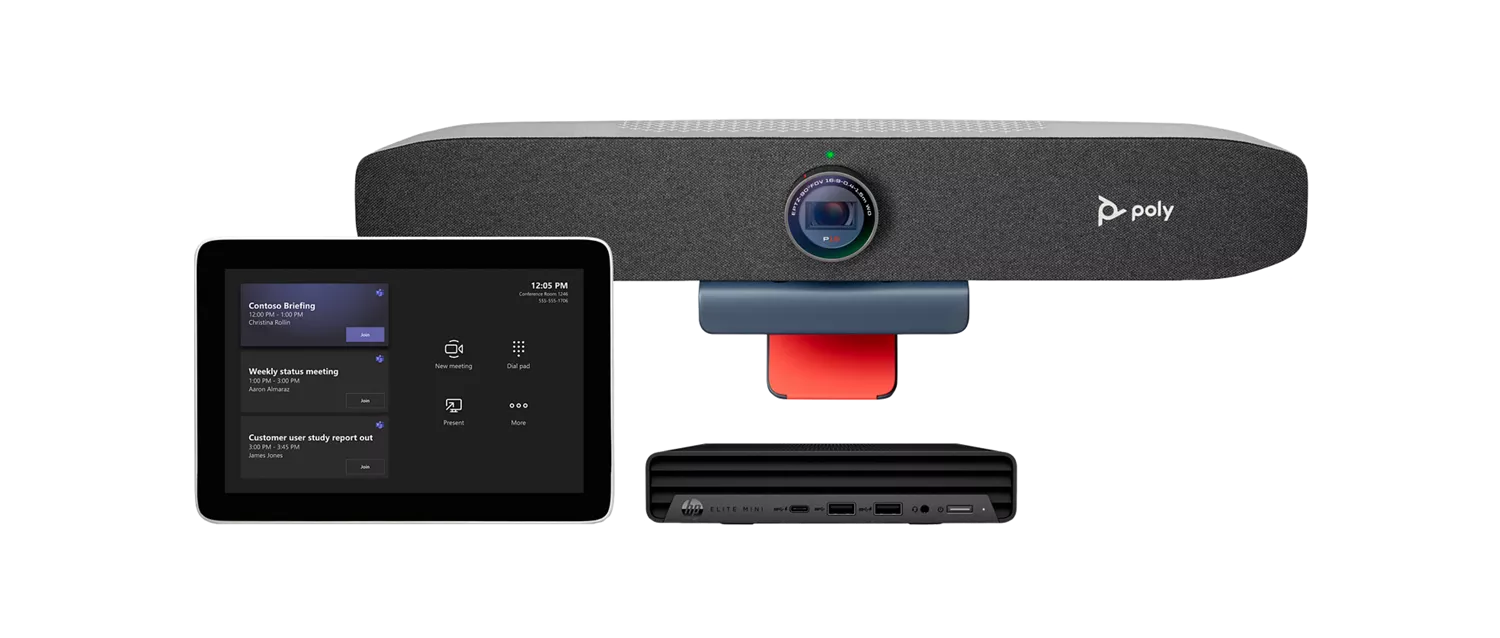Video Conferencing Solutions
The current business landscape is more globalized than ever before. Companies are now doing business with partners and clients all over the world. In order to stay competitive, it’s important to be able to communicate effectively with these distant colleagues. We here at Network Techlab India Limited strive to deliver the best of working environments to professionals with an aim to simplify their meetings and conferences and make them seamless and more productive. The traditional telephone is no longer the only way to communicate with others.
Video conferencing systems make it possible to have real-time, face-to-face conversations with people who are located far away. This technology has become increasingly popular in recent years, as it offers a number of advantages over traditional methods of communication, such as phone calls and email. Video conferencing systems can help to improve communication between employees, clients, and partners. When you can see the person you’re talking to, it’s easier to understand their meaning and intentions. This can help to avoid misunderstandings and miscommunication.
With the advent of video conferencing systems, businesses and individuals can communicate with each other face-to-face no matter where they are in the world. We have devices which are crafted with perfection and require zero prior technical know how to use.
A video conference is a live, visual connection between two or more people residing in separate locations for the purpose of communication. At its simplest, video conferencing provides transmission of static images and text between two locations. At its most sophisticated, it provides transmission of full-motion video images and high-quality audio between multiple locations.
For businesses, the tangible benefits of video conferencing include lower travel costs — especially for employee training — and shortened project times as a result of improved communications among team members.
The intangible benefits of video conferencing include more efficient meetings with the exchange of non-verbal communications and a stronger sense of community among business contacts, both within and between companies, as well as with customers. On a personal level, the face-to-face connection adds non-verbal communication to the exchange and allows participants to develop a stronger sense of familiarity with individuals they may never actually meet in person.
Video conferencing can also be used as a medium for conducting training, with the instructor teaching a remote class from most anywhere. This can be done in a corporate context, especially for getting workers the knowledge they need to better perform their jobs. The academic world can also make use of video conferencing to connect a traditional classroom setting with students who are based a considerable distance from the school.
Video Conferencing Systems are generally classified into 3 types:
- BYOD: Bring Your Own Device.
- Native.
- All In One.
Let’s dive a little bit deeper and take a look into the features and benefits of our video conferencing systems and let us understand how they could be useful for you.
Our video conferencing systems can be further divided into 4 categories based on the type of conferencing or meeting room you have:

Small Room VC Systems
This type of video conferencing systems are perfect for small rooms where the seating capacity is not more than 4-5 people. They provide almost all the features required to make your meetings and video conferences seamless.
Medium/Large Room VC Systems
This type of video conferencing systems are more suitable for medium to large rooms with a seating capacity of more than 10 people. It has an effective microphone array and a very sensitive camera system with speaker tracking features.


Huddle Room VC Systems
This type of video conferencing system is perfect for a small space in an office that’s designed for impromptu chats and connecting with remote co-workers. Typically, there’s room for a small table and a few chairs.
Boardroom Solutions
This type of video conferencing systems are the most advanced video conferencing systems and are suitable for Boardrooms which have a seating capacity of 20 people. Their camera systems have the maximum Field of Vision for better coverage and a very sensitive microphone array to pick even the lightest of noises.

Main types of video conferencing endpoints
- Desktop endpoints are software applications or browser-based interfaces that provide access to video conferencing sessions. Typically, these applications take advantage of existing, built-in cameras or rely on external USB-connected cameras. The audio relies on integrated microphones and speakers, or Bluetooth or USB-connected devices. Browser-based clients may use the native WebRTC capabilities of browsers, like Chrome and Firefox, or require plug-ins to support video conferencing.
- Mobile video apps enable users to participate in video conferences via phones or tablets, regardless of their location.
- Room-based video offers a variety of configurations — and price points — to support small, medium and large meeting rooms.
Available features typically include support for multiple screens, the ability to project content from laptops or mobile devices and cameras that focus on active speakers around a room. Audio features vary as well; to eliminate background noise or other audio enhancements.
- Immersive telepresence simulates a live meeting. Large screens mounted on a wall or above conference tables show people at life-size. Similar furniture, directional acoustics and cameras mounted at eye level give the appearance that participants are sitting at the same table and looking at one another. Some sophisticated systems incorporate 3D and holographic images, with virtually invisible screens to create immersive experiences. Because of the complexity involved, many vendors that offer this equipment also offer telepresence support and service, either directly or through partners or resellers. Among the different types of video conferencing endpoints, immersive telepresence is the most expensive option.
- Hardware multipoint control units (MCUs) are typically rack-mounted servers that provide interconnectivity between endpoints. MCUs provide transcoding between different signaling and encapsulation protocols.
The invisible advantages and benefits of video conferencing are as follows:
- Higher productivity and efficiency. By eliminating time and space barriers, video conference can be conducted to communicate with colleagues, customers and partners anytime, anywhere. In this way, meetings could become much shorter and more efficient.
- More flexibility. One of advantages of video call is that it gives you more flexibility. Even if you are outside for some reason, you can still easily start or join a video conference for an important matter on your laptop, smartphone, iPad or other mobile devices.
- More effective communication. In comparison to audio-only calls, video conferencing provides participants with a kind of non-verbal communication which is reported to be an effective communication means.
- Good options for remote working, online interview and distance learning. Besides business meeting and staff training, video conferencing can also make remote working like telecommuting, online interview and e-learning possible.
- Save money and time. The tangible advantages of video conferencing include lower costs on business travels and staff training; less time for meetings, training and projects because of improved communication among participants, trainees and teammates.




